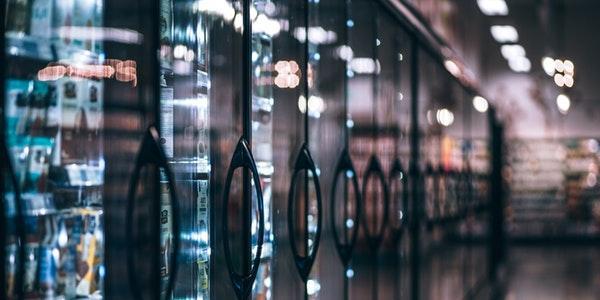Should you Be Spending That Much on your Groceries?
Standing in line at the checkout, you start emptying your cart and lining up the items onto the conveyor belt. Everything’s going well; you have all the cold stuff organized together, plus a few snacks to eat on the ride home. You even strike up a conversation with the cashier as they scan your items.
Then that good feeling you were riding crashes down as they announce the final tally. With three figures following the dollar sign, it’s unbelievable how much your groceries cost.
It’s also annoying, considering groceries are regular household essentials. It’s not like you can stop eating to save money, but the good news is, you can trim down these costs. The following tips will stop you from overspending at the grocery store and balking at your credit card bill at the end of the month.
1. Use Envelope Budgeting
It’s easy to overspend when you’re using a credit card. You just have to swipe the card in the machine and wait for the results to show up on your bill later on. By comparison, it’s much harder to overspend when you’re using cash. It’s more tangible than using plastic. You’ll run out if you go over budget.
The envelope system is a simple technique where you take out your earnings in cash and divide it up into separate envelopes, so you can manage your money and stick to your budget. Making a cash envelope specifically for your monthly grocery budget will rein in spending.

2. Go to the Store Prepared
Winging your shopping trip is never a good idea when it comes to your groceries. You should know exactly what you’re trying to get when you step through those automatic doors. Doing this will cut your time spent wandering the aisles and the number of shopping trips you take during the week.
One of their best tips for saving on groceries is to meal plan at the beginning of the week so that you have an idea of what recipes you’re going to cook and all of the ingredients you’re going to need.
Write down the meal plan components in a list and take that with you when you go shopping. Bring a calculator to double-check if the items on the list work with your budget before you hit the register.
3. Download Apps
The old days of collecting newspapers and cutting out coupons are over. Now you can have digital coupons stored on your smartphone.
The SnipSnap app lets you take pictures of coupons instead of cutting out the paper squares so that the cashier can scan the version on your phone. The app Checkout 51 sends you rebates for items after you’ve sent them a picture of your receipt — when your account reaches $20, you can cash it in.

4. Check the Produce
You should make sure that the items you buy don’t go straight into the trash days after you bring them home. In a way, wasted food is wasted money. The food products that will go bad the quickest are fruits and vegetables, going from fresh to moldy in what feels like the blink of an eye.
The rapid decomposition happens when you buy things that are too ripe. If you pick up ripe fruits and vegetables, you have to eat them the day that you toss them in your cart.
You can also learn how to detect freshness by using your sense of touch and smell to avoid a batch of moldy fruits and vegetables sitting in your fridge. For instance, most fruits will smell overly sweet and feel soft to the touch right before they’re about to go bad.
The average household wastes more than $2,000 in spoiled food. Think of how helpful $2,000 would be if you could limit your waste and recoup this cost. Although it may be tempting to use it splurge on the finer ingredients, you should reroute this money to an emergency fund.
This essential financial tool helps you take on big purchases and repairs without help from a personal loan.
Although there’s a time and place when you can use installment loans and lines of credit — you can learn more about whether these lending alternatives are right for you — it’s easier if you have an emergency fund to withdraw from first. It’ll even help when the other tips don’t help lower your grocery bills and you’re stuck paying an unexpectedly large total.
Grocery shopping is an errand that you run on a regular basis, sometimes more than two times a week. Since you do it frequently, it’s easy to zone out and fill up your cart without thinking about how much it will cost. By planning ahead and choosing items selectively, you won’t feel panicked when you reach the check-out line.



